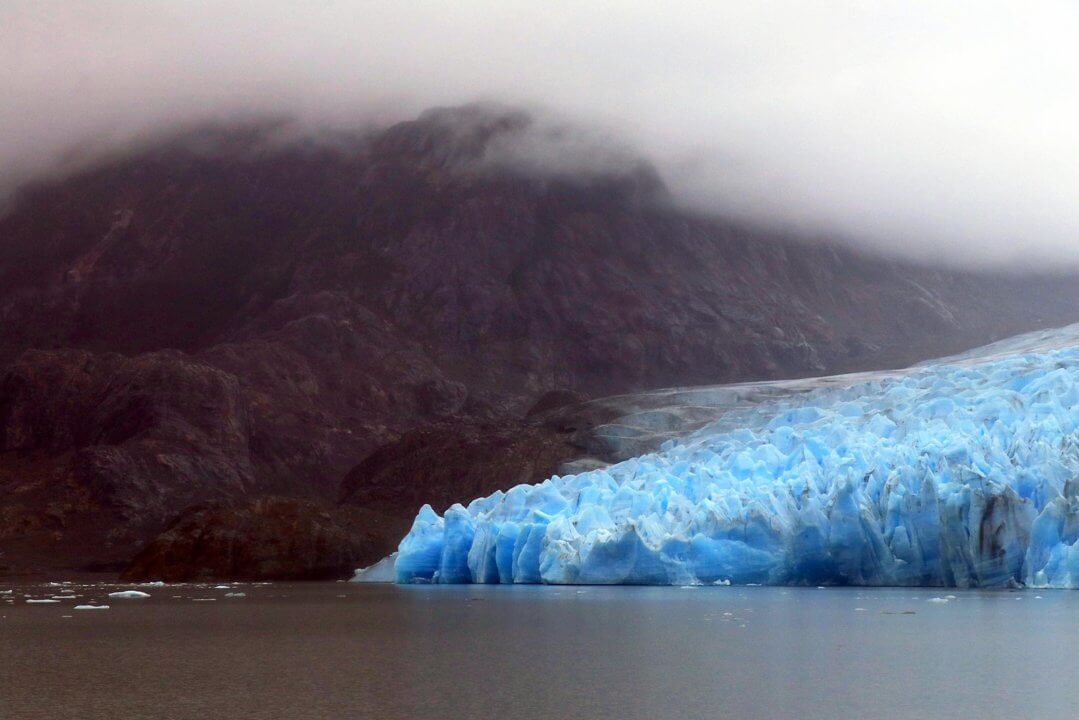Explore a collection of images illustrating the impact of the climate crisis
When British inventor, Thomas Newcomen, invented the first widely used steam engine in 1712, it was done with wide-eyed ambition to power up productivity and shrink the world. And as the Industrial Revolution revved into action, the use of coal and other fossil fuels became ubiquitous.
In the following centuries, technological advancements were made with aplomb as we hurtled towards the digital age.
Early signs of human-induced climate change
Although there had been a few scientists who projected a rise in global temperatures due to CO2 being released into the atmosphere, it wasn’t until 1938 before Guy Callendar, a British engineer, showed that temperatures and CO2 concentrations had been rising concurrently. But the ‘Callendar Effect’ was widely dismissed.
In 2020, wildfires raged across 4 million acres of land in California. That’s more than double the previous record. Is this a sign of things to come?
We had to wait until 1975 before the world started taking the issue of climate change seriously. This was the year that US scientist, Wallace Broecker, put the phrase ‘global warming’ into public discourse with a scientific paper under the same name.
Fossil fuel companies were also doing their own research on the subject in the 80s and found that their products were causing the damage that Wallace spoke about.
Although human-induced climate change is accepted as true by the vast majority of the public nowadays, government policies to tackle it have largely consisted of ambitious platitudes without many meaningful changes to back them up.
The clock is ticking
Much of the recent focus has been on achieving net zero by the middle of the century and the damning IPCC report tells us that this should prevent further temperature rises.
Even so, it also tells us that temperatures will be 1.5C above 1900 levels by 2040 under all scenarios. But we’re already tackling the damaging effects of this rise with more frequent extreme weather events such as flooding, heatwaves and droughts. As always with these kinds of things, it’s the people in the most vulnerable positions who will suffer worst.
Since the 1970s, the extent of very dry land has doubled across the globe.
It isn’t always that easy to notice the devastating effects of climate change. This gallery helps us take a step back to view the world with a wider lens so that we can see more clearly the damage that is being done.
The latest IPCC report has been compelling and assertive in its claims compared to its usual cautiousness in previous reports. Few would downplay its findings now. So all eyes will be on COP26 where many will be eager to hear meaningful pledges to tackle the biggest crisis facing humanity today.





